Optimal Timing for Asphalt Sealings
Determining the optimal time for asphalt sealings depends on climate conditions, temperature, and weather patterns. Proper timing ensures the longevity and effectiveness of the sealant, preventing damage caused by premature or delayed application.
Spring offers moderate temperatures and lower humidity, making it suitable for asphalt sealings. It allows sealant to cure properly before summer heat peaks.
Late spring to early summer is ideal in many regions, provided temperatures stay between 50°F and 85°F. Avoid sealing during extreme heat or rain.
Early fall can be effective, especially when temperatures are still warm but humidity drops. It prepares the asphalt for winter conditions.
Sealing during winter is generally discouraged due to low temperatures, increased moisture, and the risk of sealant not curing properly.

Ways to make Asphalt Sealings work in tight or awkward layouts.
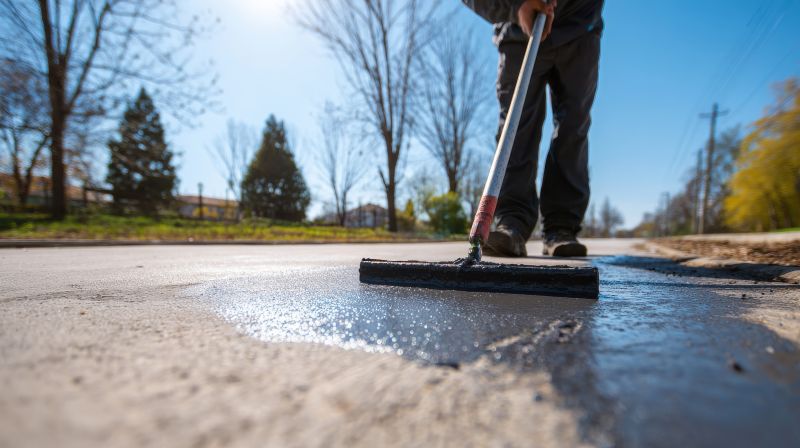
Popular materials for Asphalt Sealings and why they hold up over time.
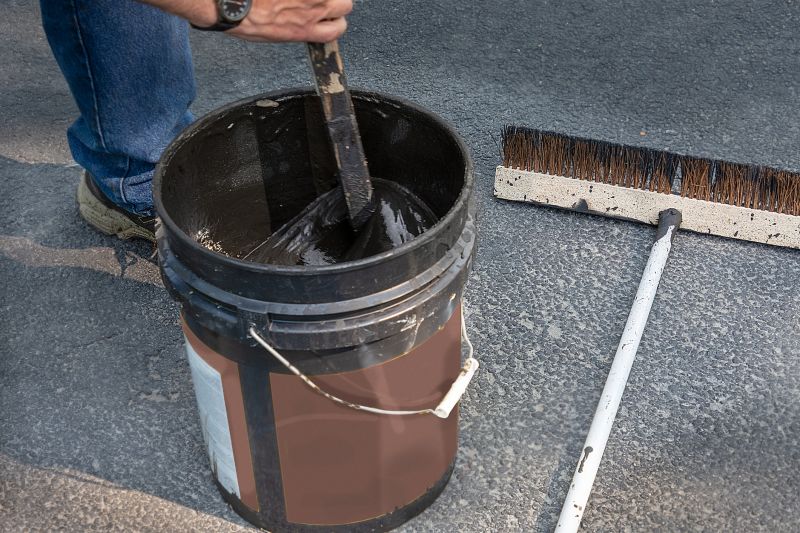
Simple add-ons that improve Asphalt Sealings without blowing the budget.
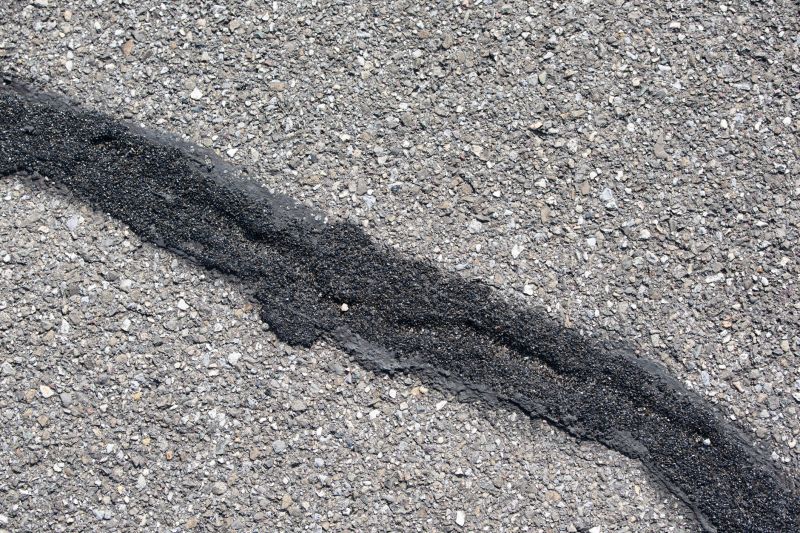
High-end options that actually feel worth it for Asphalt Sealings.
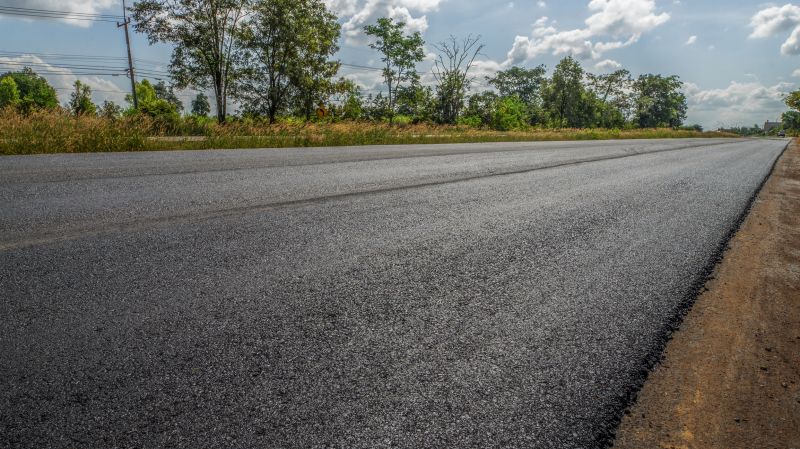
Finishes and colors that play nicely with Asphalt Sealings.

Little measurements that prevent headaches on Asphalt Sealings day.
| Season | Optimal Conditions |
|---|---|
| Spring | Temperatures between 50°F and 70°F, low humidity, dry weather |
| Summer | Temperatures between 60°F and 85°F, no rain, low humidity |
| Fall | Warm days with temperatures above 50°F, dry conditions |
| Winter | Temperatures below 50°F, high moisture, and rain |
Asphalt sealings serve as a protective barrier against moisture, UV rays, and oxidation, extending the lifespan of pavements. Proper application timing enhances durability, prevents cracks, and maintains surface appearance. Sealant effectiveness depends on correct weather conditions, as improper timing can lead to premature wear or failure.
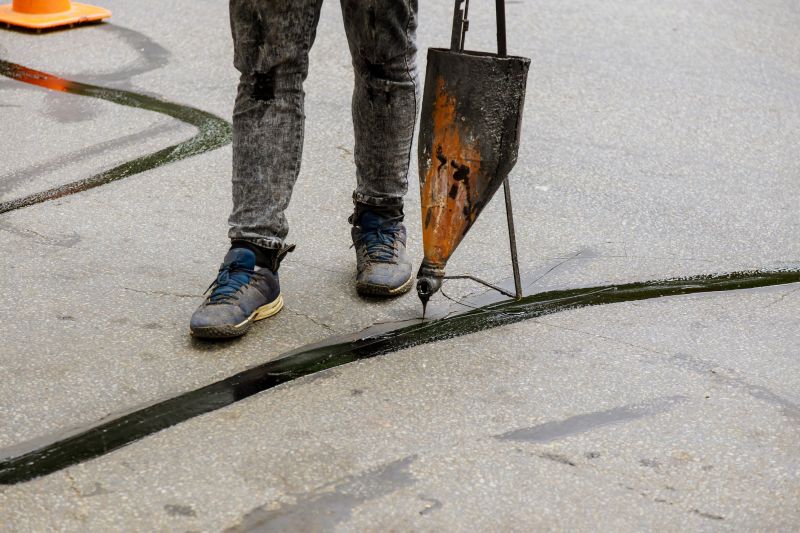
A 60-second routine that keeps Asphalt Sealings looking new.
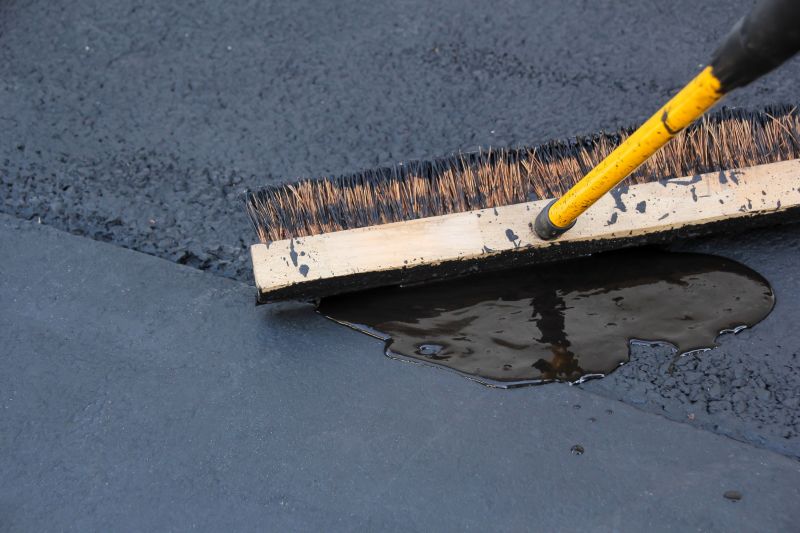
A frequent mistake in Asphalt Sealings and how to dodge it.
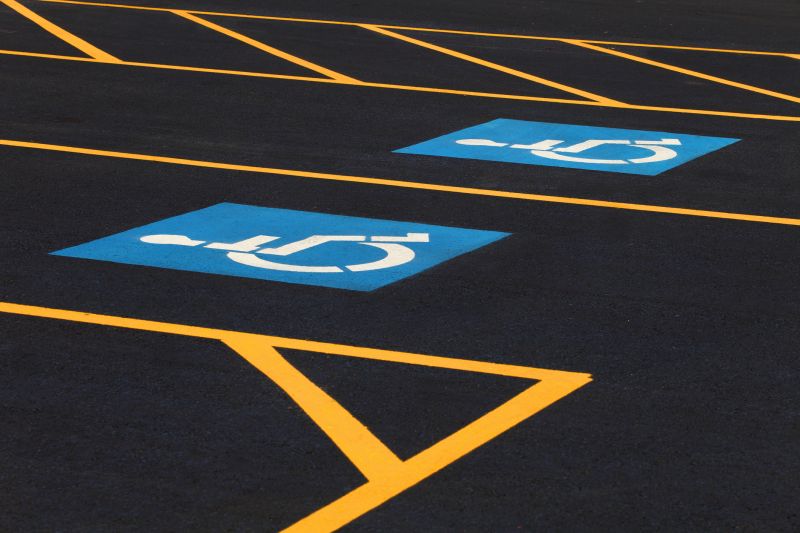
Small tweaks to make Asphalt Sealings safer and easier to use.
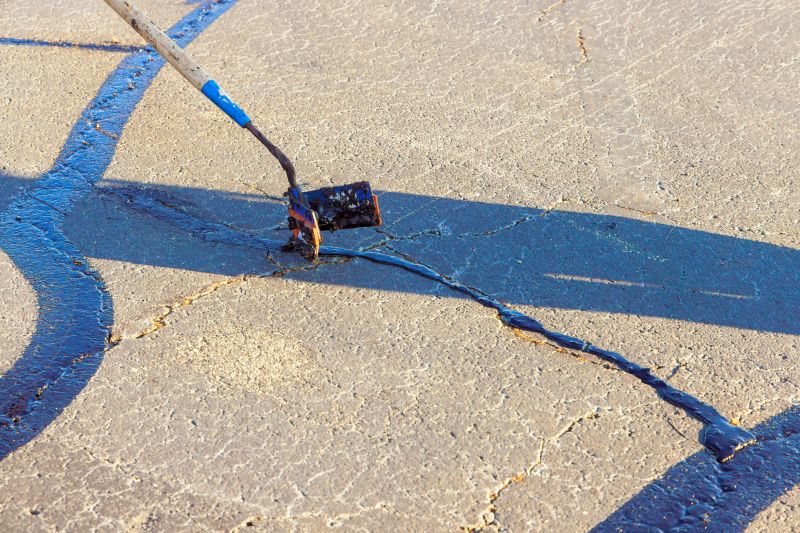
Lower-waste or water-saving choices for Asphalt Sealings.

The short, realistic tool list for quality Asphalt Sealings.
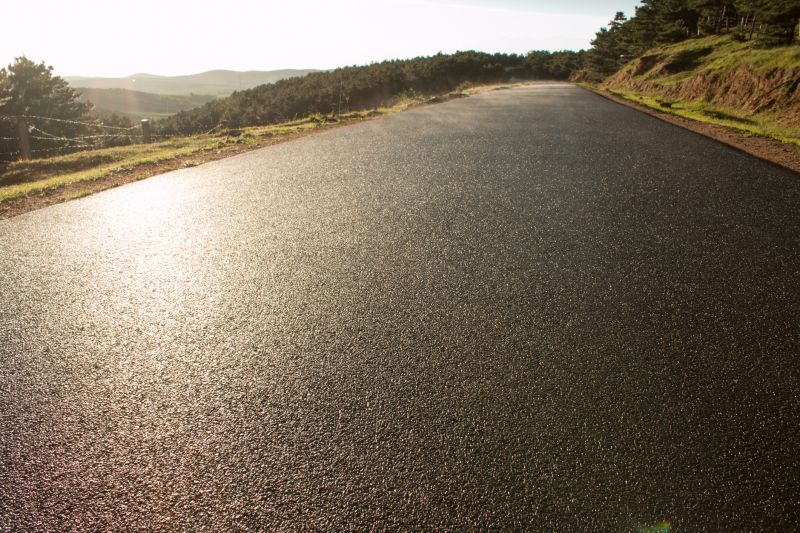
Rough timing from prep to clean-up for Asphalt Sealings.
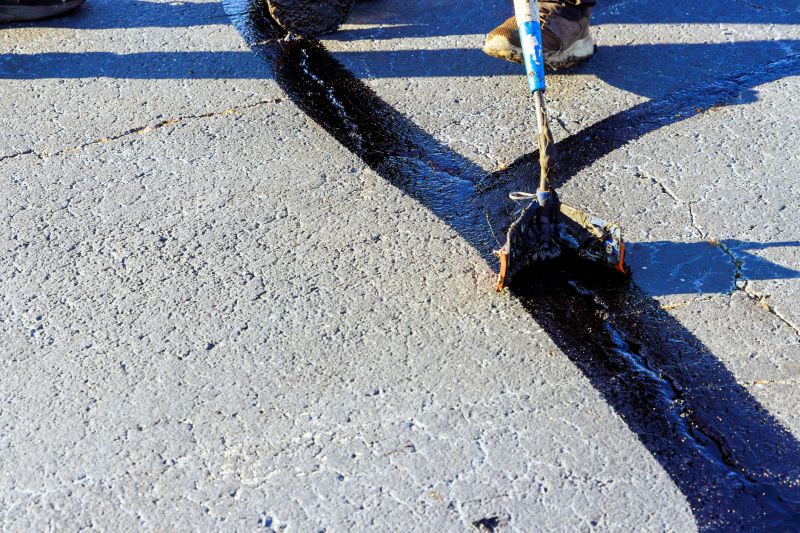
Quick checks and paperwork to keep after Asphalt Sealings.
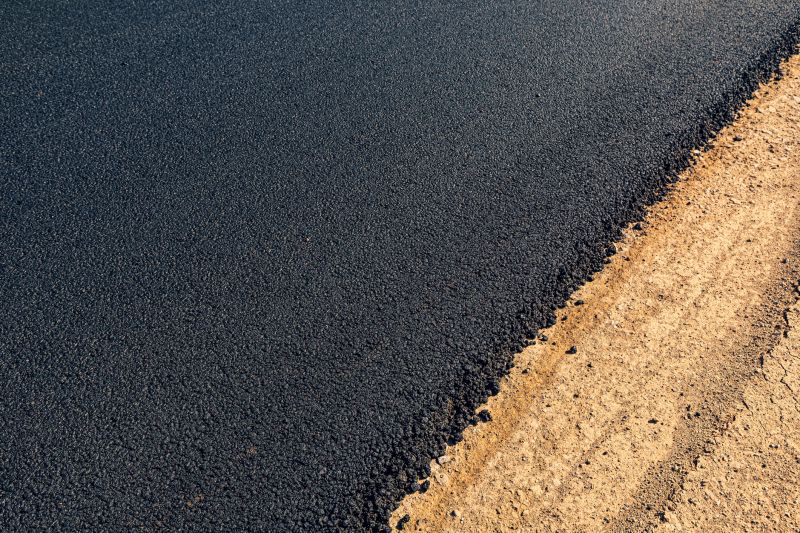
Examples that show the impact a good Asphalt Sealings can make.
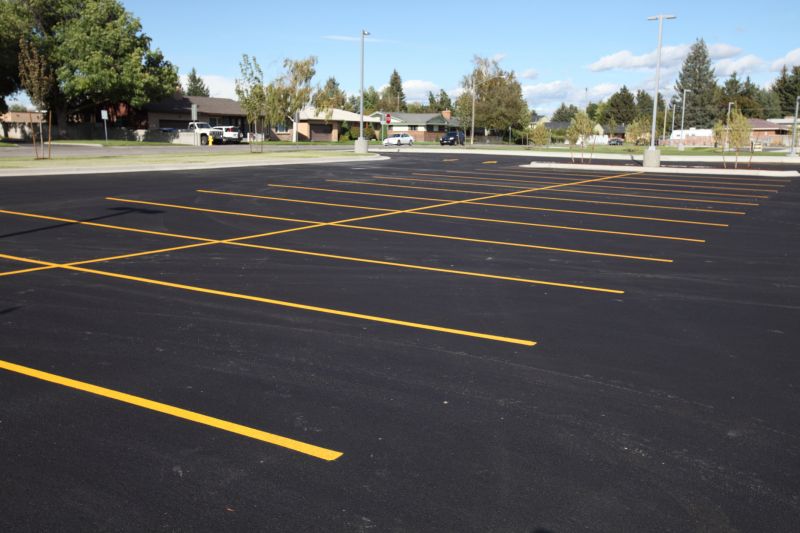
Ways to make Asphalt Sealings work in tight or awkward layouts.
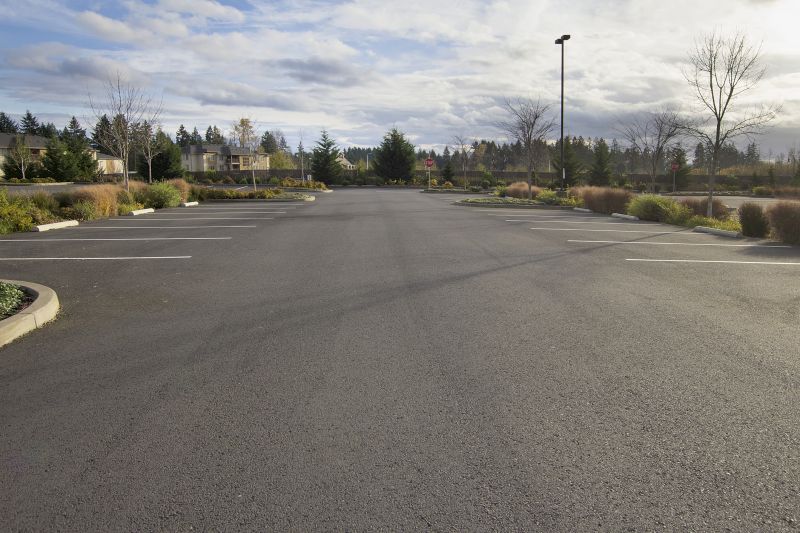
Ways to make Asphalt Sealings work in tight or awkward layouts.
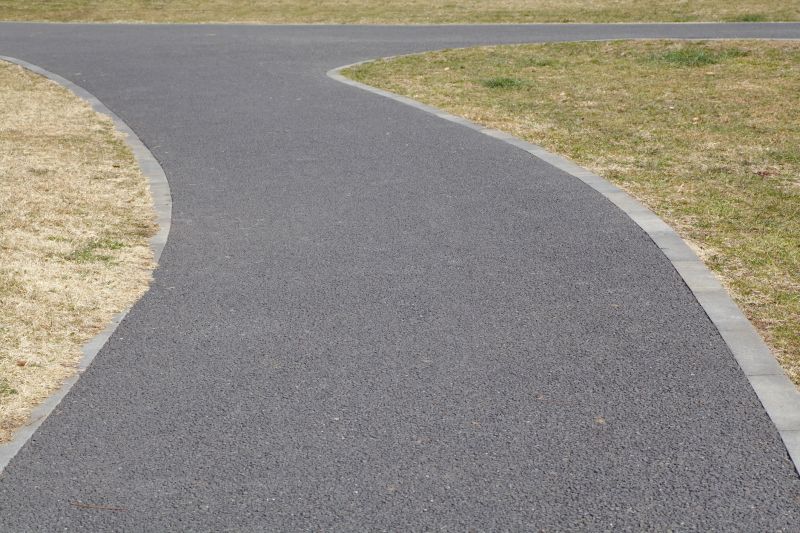
Ways to make Asphalt Sealings work in tight or awkward layouts.

Ways to make Asphalt Sealings work in tight or awkward layouts.
Interested in scheduling asphalt sealings? Fill out the contact form to get more information and ensure your pavement is protected at the right time for optimal results.
Typically, asphalt sealant lasts 2 to 5 years depending on traffic, weather, and maintenance.
No, sealant should only be applied during dry conditions to ensure proper curing.
Vehicles can usually drive on the surface after 24 to 48 hours, depending on sealant type and weather.
Temperature, humidity, and weather forecast are key factors influencing optimal sealing times.



